Giant data centers are being planned and built across the world to support AI, with successful projects forming the backbone of a huge expansion in capacity. But many are also uncertain, indicating risks and persistent headwinds.
filters
Explore All Topics
Enterprise and colocation operators continue to invest in growth heading into 2026. However, survey results suggest that strategies for balancing IT, capacity and workforce spending will diverge in the year ahead.
Competition for grid power is increasing; data center operators need to use reserved grid power responsibly — to support business objectives, maintain strong relationships with authorities and avoid negative publicity.
Operators report fewer supply chain disruptions in 2025, but delays remain common. Access to key equipment and progress on capital projects still vary by region and segment, even as demand continues to add pressure.
The proposed Scope 2 Guidance updates radically alter current accounting methodologies. These changes will complicate Scope 2 offset markets (e.g., EACs, RECs and GOs), adding unnecessary complexity and resource demands to Scope 2 accounting.
A bout of consolidation and investment activity in cooling systems in the past 12 months reflects widespread expectation of a continued spending surge on data center infrastructure.
China wants to expand its data center capacity, and to achieve net-zero emissions. To this end, the nation is regulating for efficiency and renewable energy, as well as harnessing centralized control, to balance growth with sustainability.
Uptime Institute's latest Data Center Spending Survey (n=850) looks ahead to data center spending and budgets for 2026, as well as the current supply chain market in the industry.The attached data files below provide full results of the survey,…
As of today, over 1,600 data centers have achieved Tier Certification of Design Documents - yet every design package contains design elements that will critically reduce the ability to effectively operate the facility, increasing the risk to…
Consensus is growing that a major market "correction" is coming: while some infrastructure operators are highly exposed, others may stand to benefit.
As IT organizations embrace AI, data center facilities and colocation providers need to plan to deploy the supporting infrastructure - despite many uncertainties. Most, however, are still moving cautiously.
By raising debt, building data centers and using colos, neoclouds shield hyperscalers from the financial and technological shocks of the AI boom. They share in the upside if demand grows, but are burdened with stranded assets if it stalls.
French operators must consider three regulatory sustainability reporting frameworks and a policy for tax incentives. A proposed law will fast-track facilities of national interest, potentially overriding local environmental protections.
Sodium-ion batteries promised a third battery option to lead-acid and lithium-ion batteries. The closure of Natron Energy means operators will need to look elsewhere.
Liquid-cooled colocation capacity remains niche, but demand is likely to grow. Colocation providers planning capacity for DLC need to address novel questions about individual tenant needs, operations and SLAs.
 John O'Brien
John O'Brien
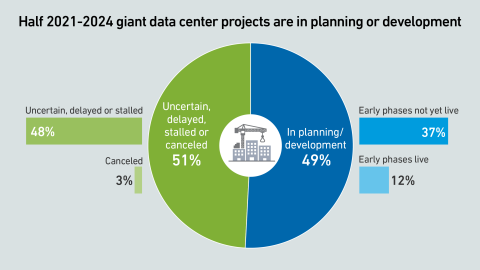
 Douglas Donnellan
Douglas Donnellan

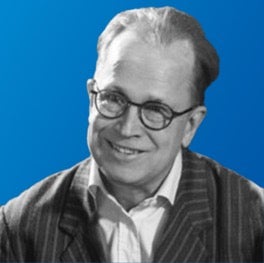 Dr. Tomas Rahkonen
Dr. Tomas Rahkonen

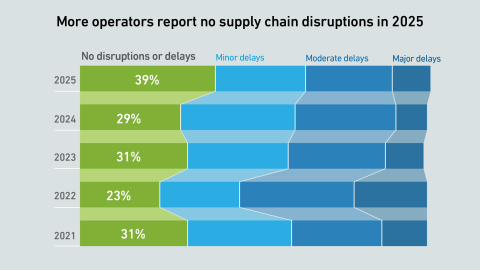
 Jay Dietrich
Jay Dietrich

 Daniel Bizo
Daniel Bizo

 Peter Judge
Peter Judge
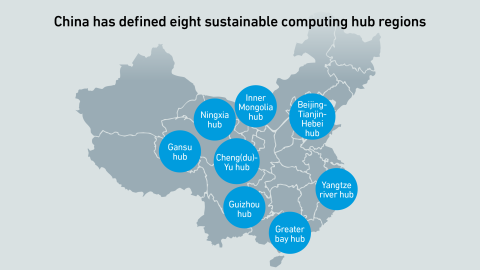
 Paul Carton
Paul Carton
 Anthony Sbarra
Anthony Sbarra
 Laurie Williams
Laurie Williams

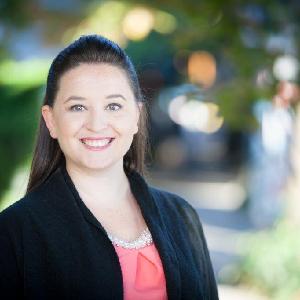 Madeleine Kudritzki
Madeleine Kudritzki
 Chris Brown
Chris Brown

 Andy Lawrence
Andy Lawrence
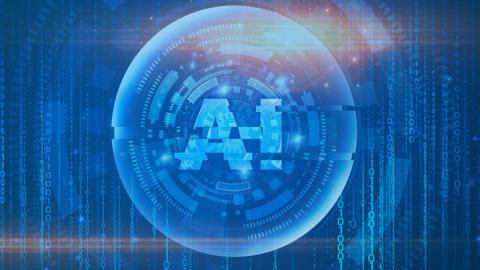

 Dr. Owen Rogers
Dr. Owen Rogers
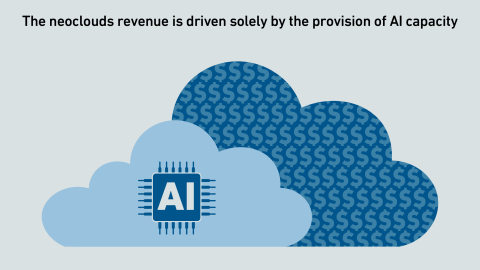


 Jacqueline Davis
Jacqueline Davis
